Something like this should do what you want(if i weel understood the question) :
SELECT n.date, n.emp_id, n.in, n.out, o.minutes
FROM normal n
JOIN overtime o USING(emp_id)
WHERE n.date BETWEEN '2012-01-01' AND '2012-01-10'
Keep in mind that if you want to show even the dates with no matches, you have to create a table with the list of this dates :
dates
+------------+
| timestamp |
|------------+
| 2012-01-01 |
| 2012-01-02 |
| .... |
Then you can change the query in this way to get the result set you want :
SELECT d.timestamp AS date, b.emp_id, b.in, b.out, b.minutes
FROM dates d
LEFT JOIN
(SELECT n.date AS timestamp, n.emp_id AS emp_id, n.in AS in, n.out AS out, o.minutes AS minutes
FROM normal n
JOIN overtime o USING(emp_id)
) b
USING(timestamp)
WHERE d.timestamp BETWEEN '2012-01-01' AND '2012-01-10'
If you want to avoid the dates table you can try with this more complex query, should give you the same result, without the needs of a third table that store the range of dates :
SELECT d.timestamp AS date, b.emp_id, b.in, b.out, b.minutes
FROM (
SELECT '2012-01-01' + INTERVAL a + b DAY AS timestamp
FROM
(SELECT 0 a UNION SELECT 1 a UNION SELECT 2 UNION SELECT 3
UNION SELECT 4 UNION SELECT 5 UNION SELECT 6 UNION SELECT 7
UNION SELECT 8 UNION SELECT 9 ) d,
(SELECT 0 b UNION SELECT 10 UNION SELECT 20
UNION SELECT 30 UNION SELECT 40) m
WHERE '2012-01-01' + INTERVAL a + b DAY < '2012-01-11'
ORDER BY a + b
) d
LEFT JOIN
(SELECT n.date AS timestamp, n.emp_id AS emp_id, n.in AS in, n.out AS out, o.minutes AS minutes
FROM normal n
JOIN overtime o USING(emp_id)
) b
USING(timestamp)


